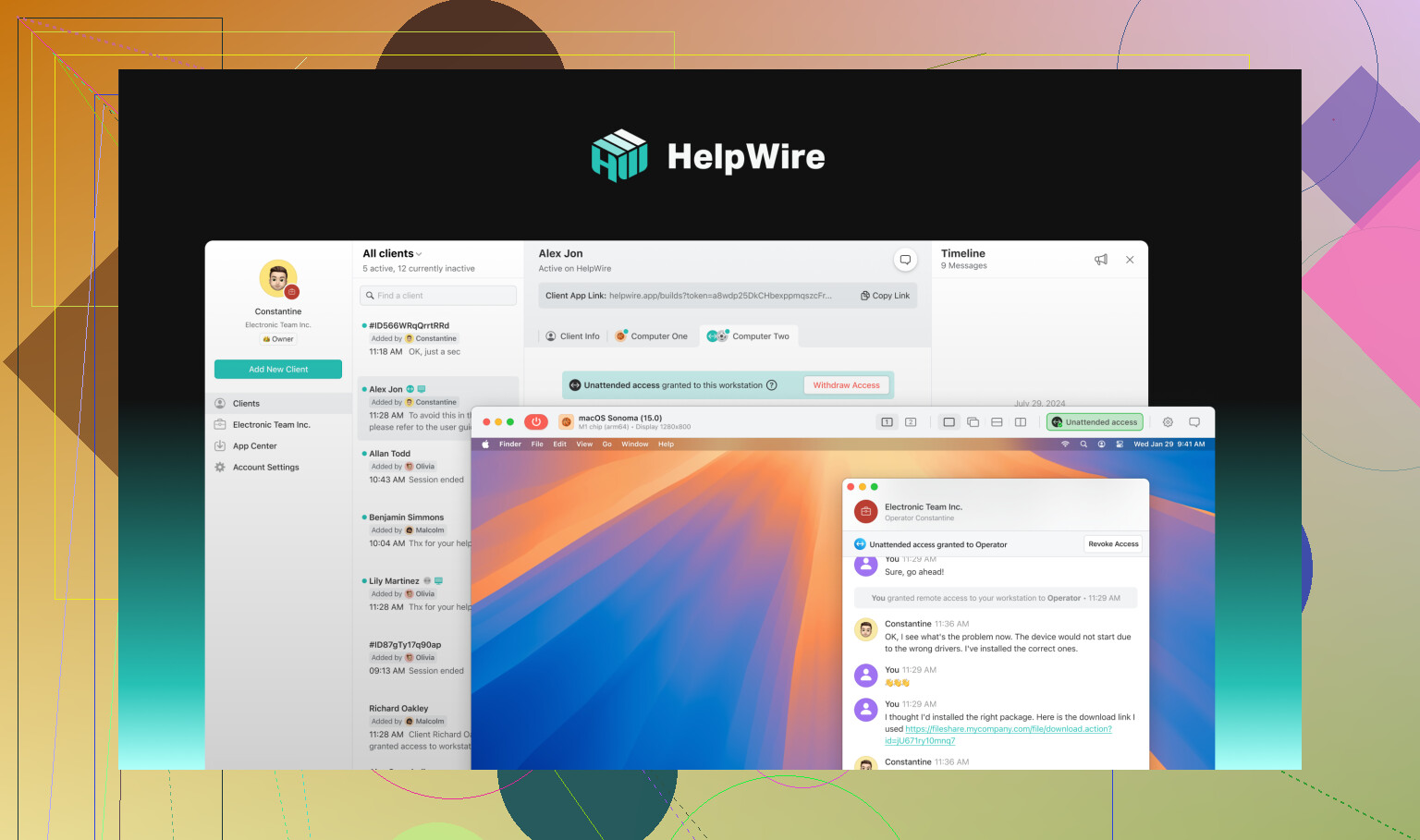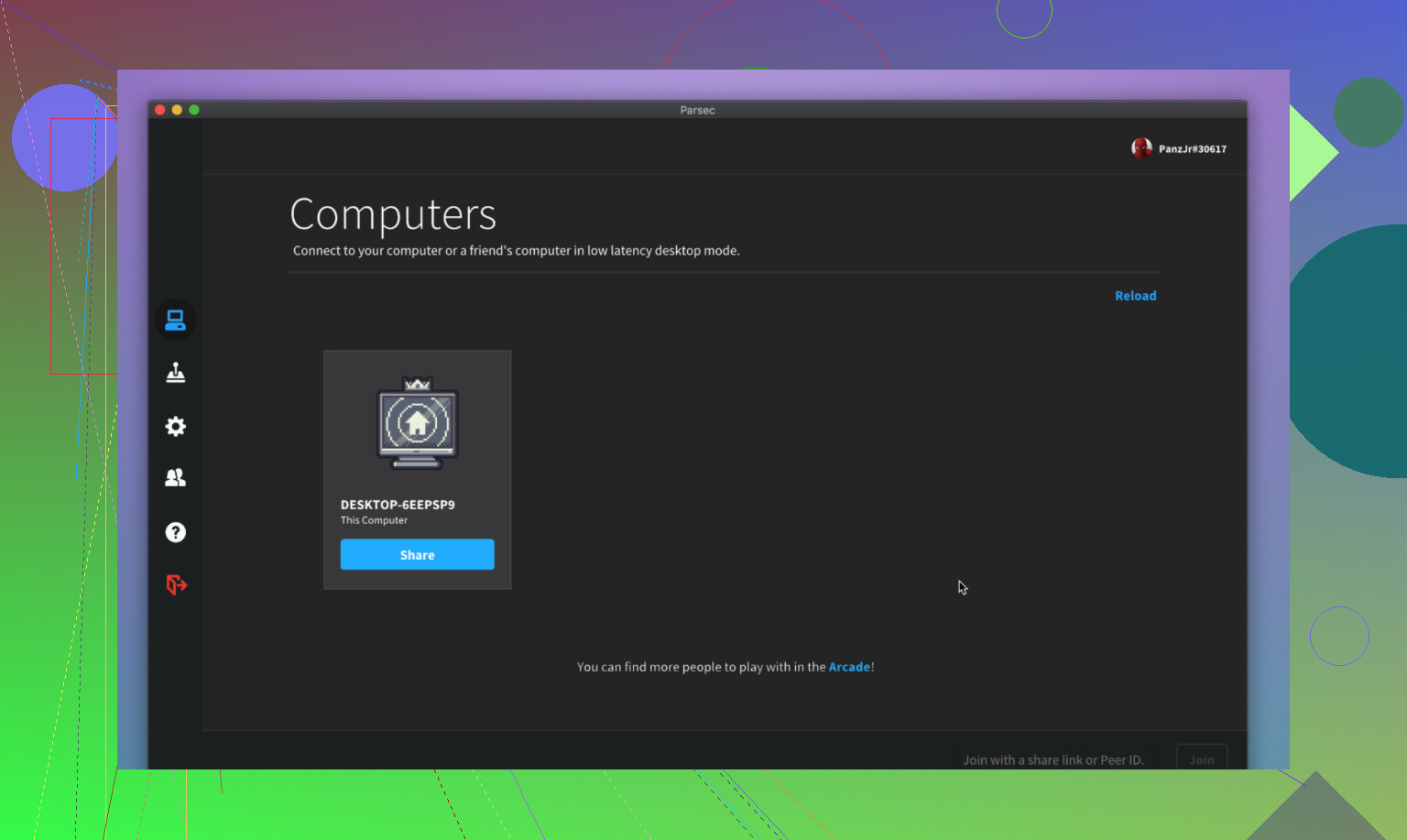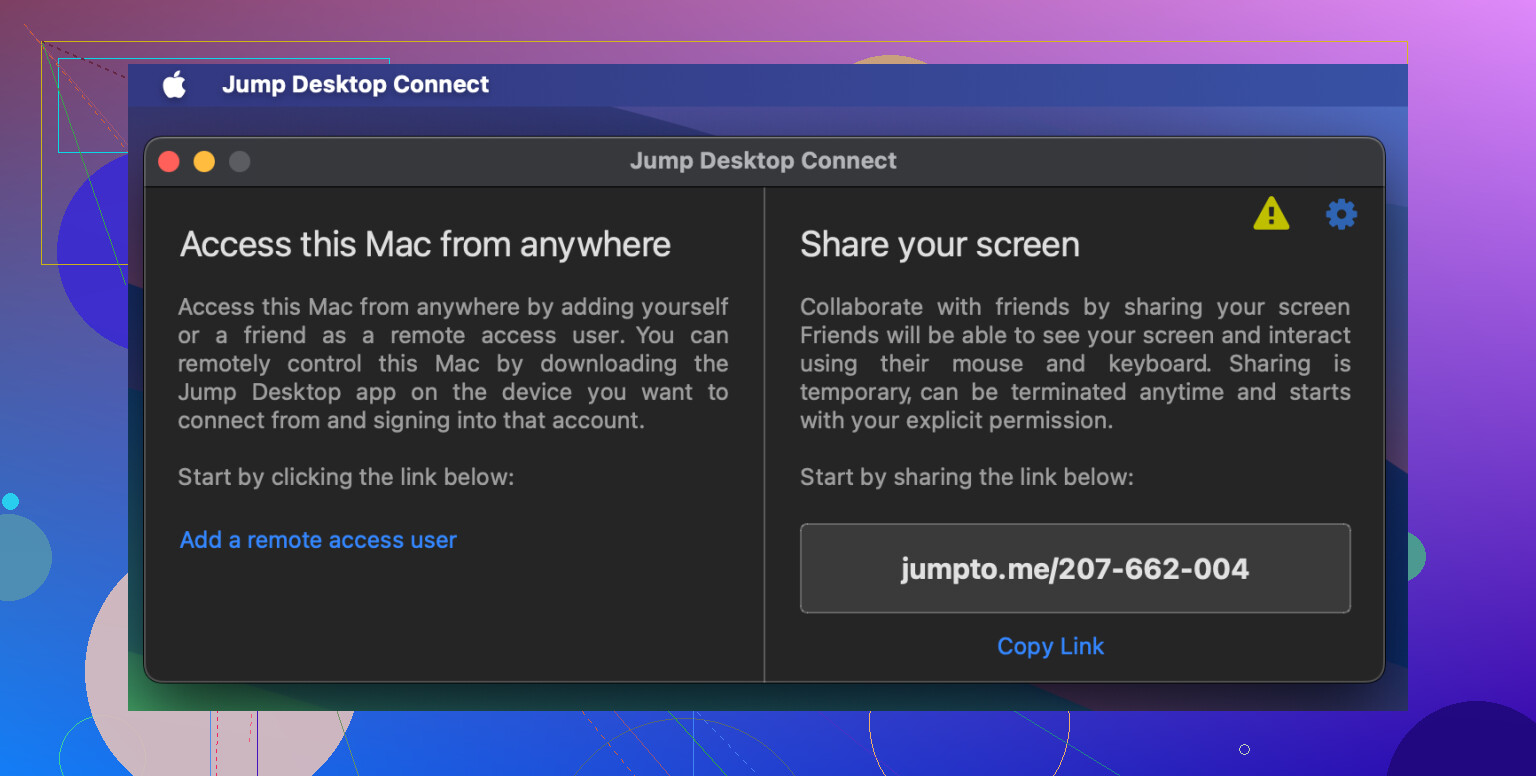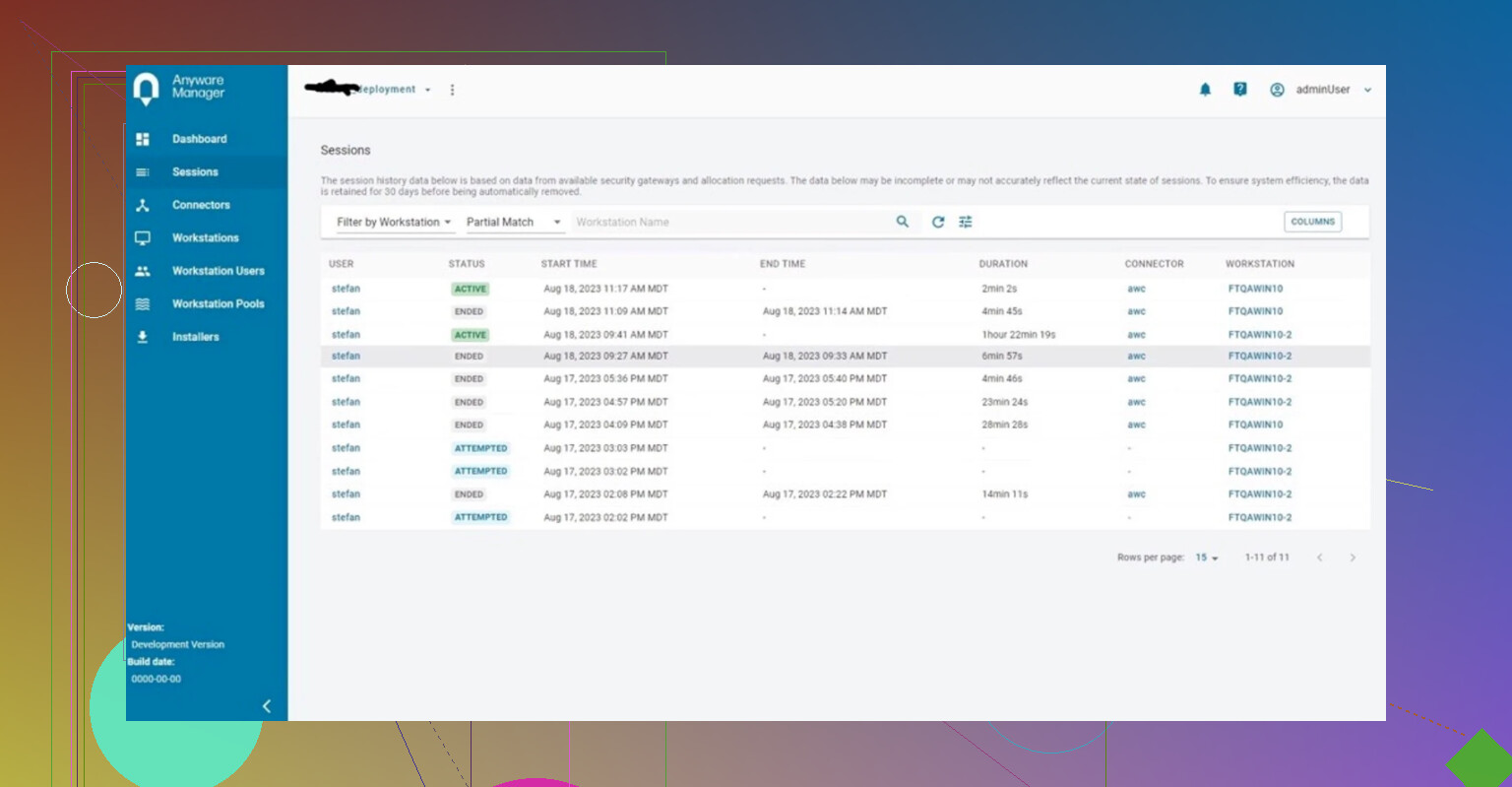I’m looking for a reliable remote workstation setup to run creative programs like Premiere Pro, After Effects, or DaVinci Resolve from another device. Most of the tools I’ve tried so far have issues with lag or poor sync, which makes editing and production frustrating.
What remote workstation solutions do you recommend for creatives, and any tips to get smoother performance?
Remote Workflow Survival Guide for Media Folks
Ever tried editing a 6K video project from your sofa while your main machine hums miles away in the office? Yeah, it sounds like sci-fi, but welcome to 2024—we actually have some pretty wild ways to pull this off. Here’s my no-nonsense map of what works, what doesn’t, and what you’d better not try if you don’t want to lose your mind (or your footage).
 Tools for Actually Running Your Editing Rig Remotely
Tools for Actually Running Your Editing Rig Remotely
Forget dragging files around on thumb drives. Modern remote desktop apps let you pilot your editing workstation from basically anywhere you have decent internet. No, it’s not witchcraft—it’s just a bunch of very clever software, and some of it feels so fast you almost forget you’re not sitting right there.
-
HelpWire: This remote workstation for creatives is for people who want both simplicity and security. I set it up in less time than it takes to render one of my timelines. Cool thing? You can share access with collaborators or even a client who wants to poke around. Not bloated with features you don’t need—just lets you work. Think: freelancers, boutique agencies, or small teams.
-
Parsec for Teams: If latency freaks you out, Parsec is your copilot. I’ve run Premiere, Resolve, and Blender with almost no lag—like, tweak-a-keyframe-while-on-WiFi levels of smooth. It’s wild. Sound and image both hold up shockingly well.
-
Jump Desktop: Been my fallback when Parsec flaked out at a coffee shop. It’s solid on Mac and Windows and doesn’t choke on long sessions. Handles multi-monitor setups better than most, and won’t make you want to smash your keyboard mid-edit.
-
HP Anyware (formerly Teradici PCoIP): This is what the big post houses have in their racks. If you’ve ever had to deal with NDAs thick as novels and want every keystroke encrypted seven ways, this is the move. Totally overkill for solo or small-team stuff, but for serious VFX or corporate setups… can’t do better.
 Tools For Sharing Projects and Reviewing Stuff (Collaboration/Cloud)
Tools For Sharing Projects and Reviewing Stuff (Collaboration/Cloud)
Now, if all you need is to swap assets, collect feedback, or yell at your teammate for not color-correcting properly, there’s a different arsenal for you—stuff that lives in the cloud, not ‘on’ your PC.
-
Adobe Team Projects: Lets more than one editor tinker with the same Premiere Pro/After Effects project without shipping monster project files back and forth. It’s a real time-saver (and hair-saver).
-
Frame.io (baked right into Adobe CC): OK, if you haven’t tried this for marking up edits or wrangling approvals, you’re working too hard. Upload clips, leave comments (in video!), swap versions—minimum drama and maximum “let’s actually finish this.”
-
Creative Cloud Libraries: Where did I put that LUT? Oh—here, in the shared library. Graphics, templates, whatever; just drop ’em in and everyone on the team can grab what they need, inside most Adobe apps.
 Putting It All Together Without Going Nuts
Putting It All Together Without Going Nuts
So, how do you dodge chaos and keep everyone in sync? You basically run your main edit rig over remote desktop (so you can edit, grade, whatever), then use Adobe’s cloud tricks to move assets and feedback between humans. Both types of tools, tag-teaming the job.
Here’s the flyover:
-
Connect remotely with HelpWire/Parsec/Jump Desktop/HP Anyware → Crack on with editing, 3D, audio, you name it, just like you’re physically there.
-
Collaborate through Adobe Team Projects, Frame.io, Creative Cloud Libraries → Share projects/assets, collect time-coded feedback, polish the work as a crew instead of a scattered heap of email threads.
TL;DR: Which Tool Fits Where?
-
HelpWire → Best overall for secure and simple remote desktop connections where sharing access is key.
-
Parsec / Jump Desktop → Go-to for buttery-smooth, high-intensity creative work with heavy GPU use.
-
HP Anyware → Brings Fort Knox-level security and consistency if your studio has an IT department the size of your edit bay.
-
Adobe’s cloud stuff (Team Projects, Frame.io, Libraries) → Can’t beat it for all things collaboration, file sharing, and rounds of client notes.
The Sweet Spot
Most shops and freelancers I know wind up mixing remote desktop apps with cloud project tools for a combo that actually works—instead of causing meltdowns in the middle of deadline week.
Have stories about remote editing wins… or disasters? Seen a setup that made you want to pack up and drive to your teammate’s house with a hard drive instead? Drop your tales below. Tips, tricks, and horror stories all welcome.
I’ve been on the remote desktop hamster wheel for media streaming too—audio lag, video artifacting, the whole mess. Not gonna regurgitate everything mikeappsreviewer dropped (loads of good stuff there for full-on production work), but if you’re all about streaming movies, music, or just want your video to NOT look like a Minecraft mod, here’s my take after way too many late-night tests.
First: TeamViewer, AnyDesk, even Chrome Remote Desktop? Meh—great for general remote access, kind of hopeless for high-fidelity streaming. You will notice audio dips, frame drops, and color weirdness, especially on anything HD or higher.
Now, for actual smooth streaming—especially if you don’t want to deal with GPU configs or corporate IT headaches—there are a couple options. Parsec is a crowd favorite with creative pros, but honestly, unless your upload/download is golden and you’re super picky about latency, sometimes it’s overkill for just jamming out to music or watching movies remotely.
What surprised me: HelpWire’s remote workstation for creatives is actually shockingly solid for this use case. Dead simple to set up and doesn’t melt your connection with unnecessary fluff. Running a couple 4K video streams over it to the living room PC and zero frame hiccups, plus audio that didn’t sound like it was drowning in a blender. It’s also not annoyingly in your face with security prompts or forced updates, which spares my sanity.
But—and here’s where I’ll gently disagree with mikeappsreviewer—I wouldn’t recommend HP Anyware unless you’re running some high-stakes corporate operation. Massive overkill if you just want to binge Netflix from your office tower’s break room. And stuff like Jump Desktop is really more for productivity/desktop mirroring, vs. native video/audio streams (though it gets it done in a pinch).
Basically, for media streaming: try HelpWire for a balance of smooth playback and mindless setup. Parsec if you want to tweak everything, but be ready for a learning curve. Otherwise, RD tools are usually not magic for streaming movies. And, hey, sometimes easier to just use Plex or Emby and avoid remote desktops altogether for home use—but that’s a whole other can of worms.
Anyone else nailed totally smooth remote streaming with something else, or is everyone still faking it with HDMI extenders?
I’ll level with you—I’ve been on that wild goose chase for the holy grail of remote desktop apps for streaming media flawlessly, and man, a lotta them are a letdown if you want anything beyond glorified slideshow quality. Props to @mikeappsreviewer and @sternenwanderer for the deep dives; definitely some gold there (and some stuff I straight up hard-pass on).
But let’s get brutally honest: if you’re trying to stream full-res movies or lossless audio over something like TeamViewer or AnyDesk, you’re probly better off training a carrier pigeon to deliver your Blu-rays. Even Parsec—sweet as it is for gaming and heavy editing—sometimes feels like overkill if you just wanna watch your own stuff in bed at 2am.
Jump Desktop works but it’s more, I dunno, functional than fun—think, “business Zoom call” vibes, not “chill with popcorn” smoothness. HP Anyware (yeah, the endless rebranding) is def secure but unless you’re trying to impress an enterprise IT dude, you’ll spend more time debugging configs than enjoying your show.
Here’s my real-world take after bombing out with a dozen different tools:HelpWire, remote workstation for creatives straight-up surprised me. Setup is a breeze, barely any hoop-jumping. My 4K rips just work, no stutters, and the audio doesn’t sound like it’s broadcast from Neptune. It’s not crammed with confusing features, and my grandma could get it running.
So if your remote desktop app for media needs are all about smooth playback, painless setup, and minimal drama: HelpWire. With a decent connection, you’ll probly forget you’re even running things remotely. Anyone got something that’s actually better for this specific use? Not all-in enterprise, not Twitch streamer-level, just seamless personal-use media? Drop your picks, otherwise I’m on Team HelpWire for now.
Here’s the thing about remote creative workstations: everyone’s hyped about Parsec and Jump Desktop—and sure, they’re decently snappy, especially for studios running multi-GPU towers or when you’re deep into Premiere timelines. Still, if you want no-fuss remote access with less clutter (and fewer moments cursing at odd permissions or endless dialog boxes), HelpWire has an edge for solo editors or boutique teams. It’s shockingly light on setup headaches—my experience: install, sign in, and within minutes, I was scrubbing through RAW 4K in DaVinci on my MacBook from a Windows beast.
Pros for HelpWire:
- Unusually smooth playback for both audio and video—seriously, better than some hyped-up alternatives when your WiFi’s less than stellar.
- Share access with teammates or clients fast—less “wait can you see this” drama.
- Security’s legit without the Fort Knox overhead (whereas HP Anyware honestly feels like overkill unless you’re running Lucasfilm’s post suite).
Cons:
- No endless feature bloat—great for many, but if you crave Gantt charts and granular device policy management, you might find it a tad minimalist.
- Sometimes too streamlined—power users who want total session customization (think a Parsec or Anyware power-user) might feel a bit boxed in.
For collapsible, one-stop workflow, HelpWire hits the mark, but yeah, if you’re collaborating on color with a half-dozen folks or moving serious assets daily, Jump Desktop or Parsec shine via advanced controls. That said, if you’ve “been there, thrown laptop across room,” HelpWire’s sanity factor is worth more than spec sheets. Curious if anyone’s used it for large-scale VFX review setups—does it still scale?



